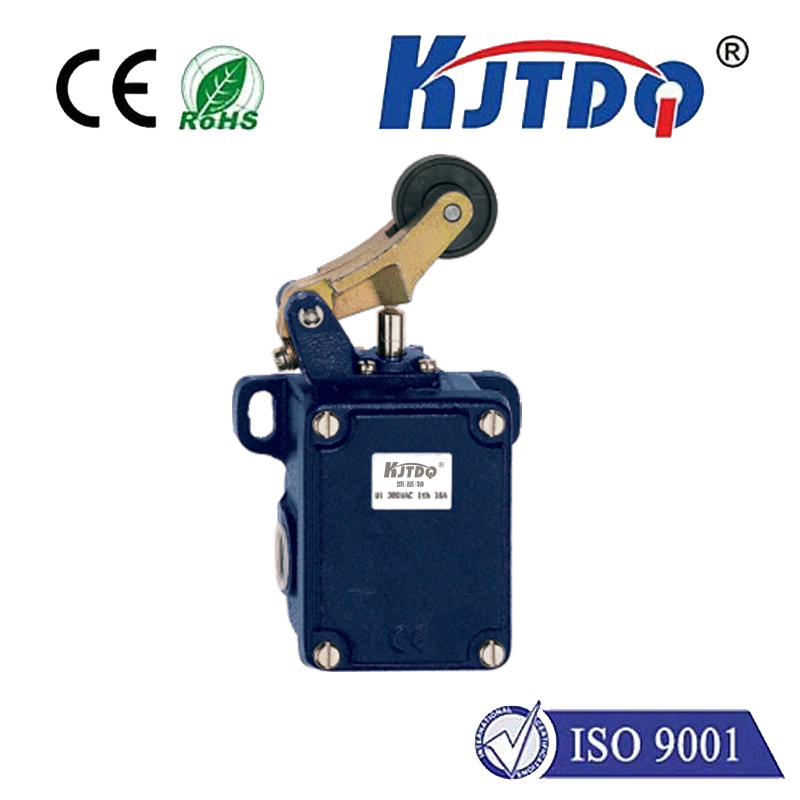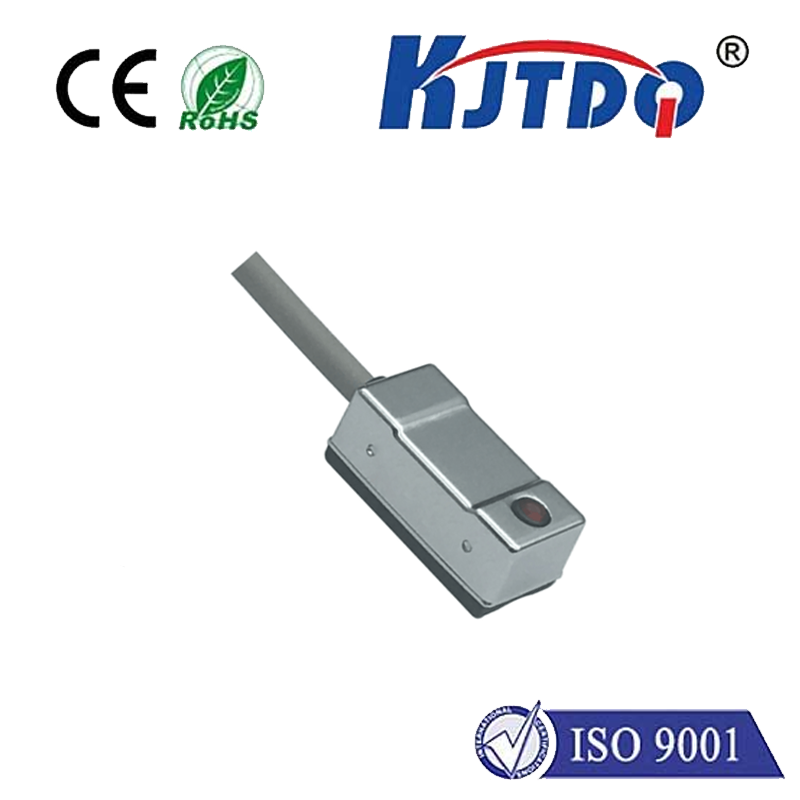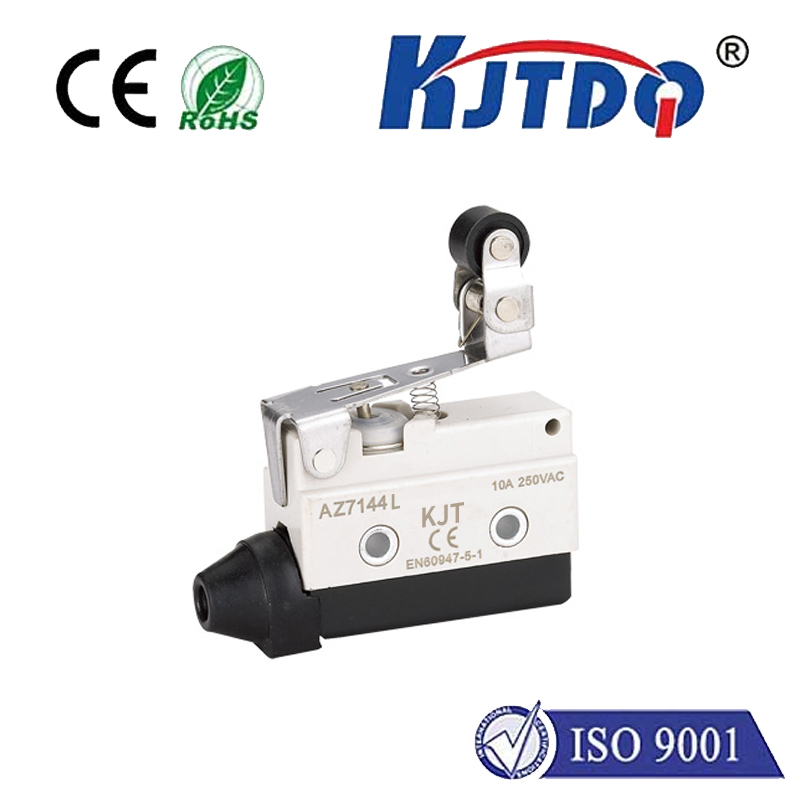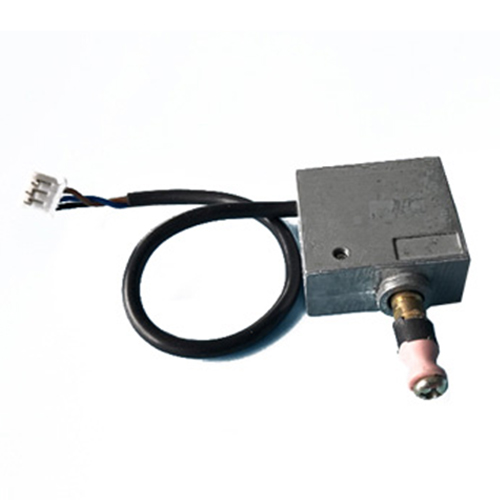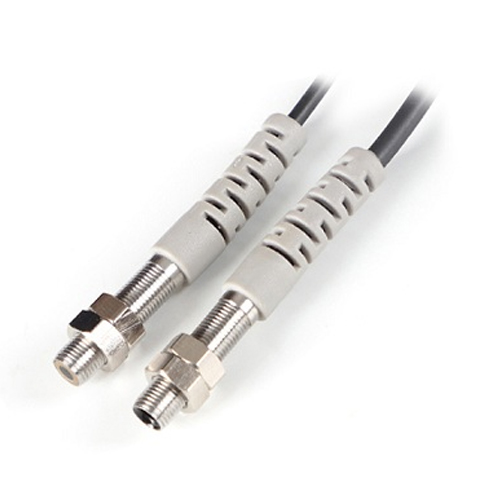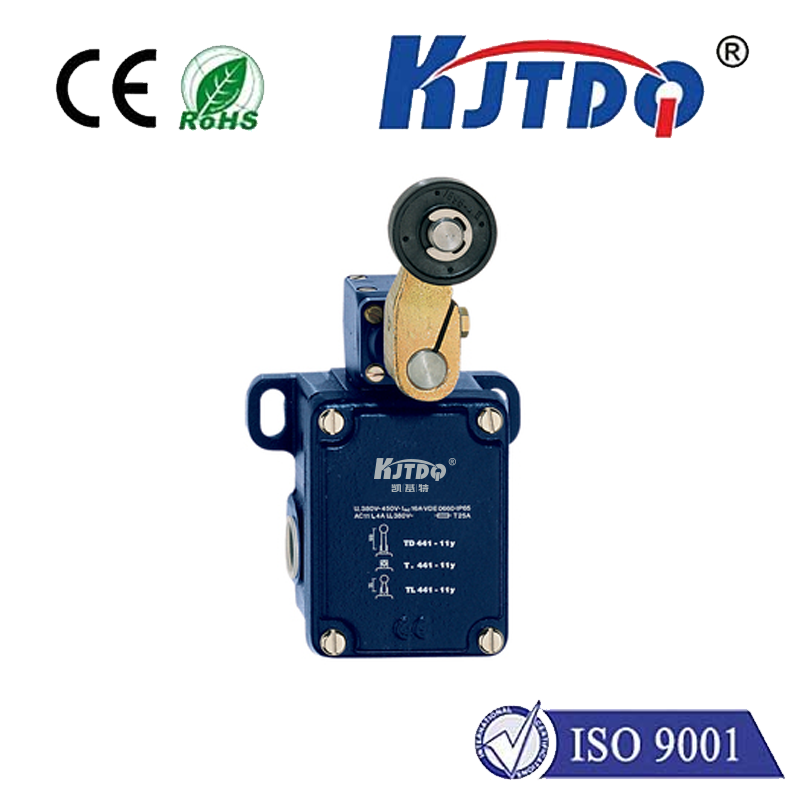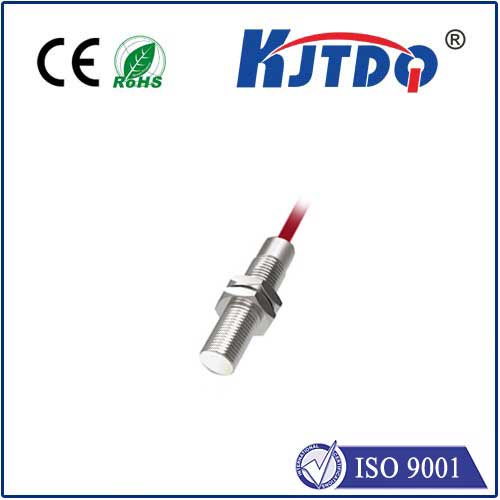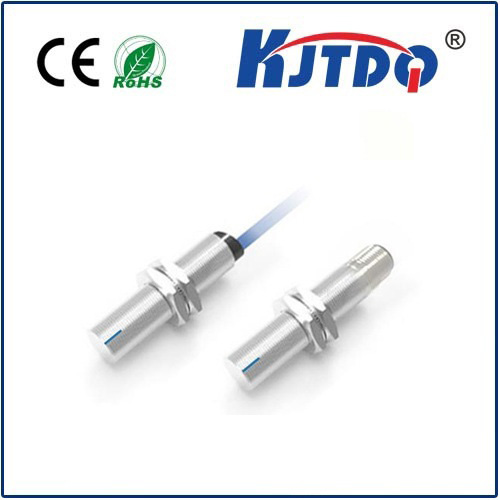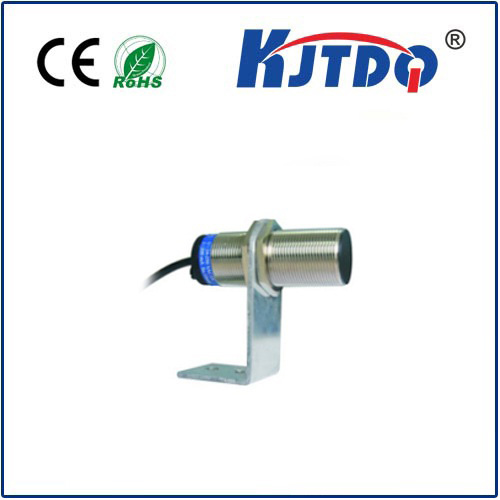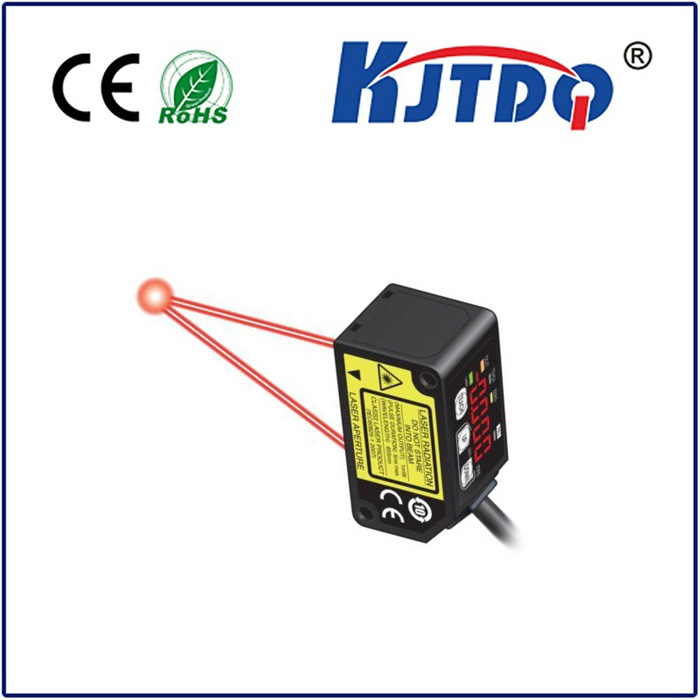Radar Ultrasonic Sensor: Enhancing Safety and Efficiency in Modern Technology
In today’s rapidly evolving technological landscape, sensors are playing a pivotal role in improving safety, precision, and efficiency across various industries. Among the diverse types of sensors available, radar and ultrasonic sensors stand out for their unique capabilities and wide range of applications. This article explores the fundamentals of radar and ultrasonic sensors, their working principles, and how they contribute to modern automation and industrial processes.
Radar (Radio Detection and Ranging) sensors work by emitting radio waves and measuring the time it takes for the waves to return after reflecting off an object. This data is then used to calculate the distance, speed, and direction of the object. Radar is commonly used in aviation, maritime navigation, and weather forecasting, where its ability to detect objects at long distances and in adverse weather conditions is invaluable. The high accuracy and range of radar make it an essential tool in autonomous vehicles and smart transportation systems.

On the other hand, ultrasonic sensors utilize high-frequency sound waves to detect objects and measure distances. These sensors are often used in robotics, automation, and consumer electronics. By emitting a sound wave and measuring the time it takes for the echo to return, ultrasonic sensors can detect objects as small as a few centimeters. They are particularly popular in applications such as garage door openers, automatic doors, and robotic arms, where precise and reliable distance sensing is crucial.
Both radar and ultrasonic sensors are essential in modern technology, offering distinct advantages depending on the application. Radar sensors excel in long-range detection and are ideal for environments where visibility is limited, such as in fog or rain. Ultrasonic sensors, with their high precision and sensitivity, are well-suited for close-range applications and environments where minimal interference is required.
The integration of these sensors into smart systems has revolutionized how we interact with technology. For instance, in autonomous vehicles, radar and ultrasonic sensors work in tandem to provide real-time data about the vehicle’s surroundings, enabling safe and efficient navigation. In industrial automation, these sensors help monitor and control machinery, ensuring optimal performance and reducing the risk of accidents.
As technology continues to advance, the development of more accurate, efficient, and versatile sensors will play a critical role in shaping the future of various industries. Whether it’s in the automotive sector, manufacturing, or home automation, radar and ultrasonic sensors are paving the way for smarter, safer, and more efficient systems.
Radar and ultrasonic sensors are not only essential in their respective fields but also in the broader context of technological innovation. Their integration into smart devices and systems highlights the importance of sensor technology in modern life. As we move forward, the continued advancement of these sensors will undoubtedly shape the future of automation, safety, and efficiency in a wide range of applications.
